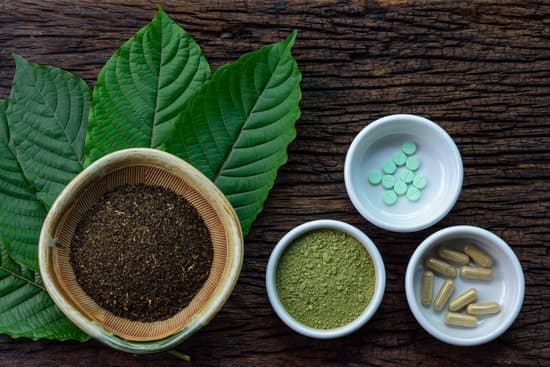Kratom, a tropical plant native to Southeast Asia, has gained significant attention in recent years due to its psychoactive effects and potential for abuse. While traditionally used in countries like Thailand, Indonesia, and Malaysia for its stimulating and pain-relieving properties, kratom’s rising popularity in Western countries has sparked intense debate about its public health implications. The plant’s leaves contain compounds like mitragynine and 7-hydroxymitragynine, which interact with opioid receptors in the brain, giving kratom its pain-relieving, mood-lifting, and energizing effects. However, concerns about its safety and potential for addiction have prompted health experts to scrutinize its use, leading to a divided opinion on whether it poses a significant public health risk. One of the main concerns surrounding kratom is its potential for misuse and addiction. While proponents argue that kratom can serve as a safer alternative to opioids for pain management and opioid withdrawal, there is limited clinical research to support these claims. Some users report developing a dependence on kratom, with withdrawal symptoms similar to those of opioid addiction, including irritability, muscle aches, and insomnia.
This raises concerns about its long-term use, especially since kratom is not regulated in many countries, leading to inconsistent quality and potential contamination with harmful substances. In the United States, where kratom is available in various forms, including powders, capsules, and extracts, reports of kratom-related adverse effects, including deaths, have raised alarms. The U.S. Food and Drug Administration FDA has issued warnings about kratom’s potential to cause serious health risks, such as liver toxicity, seizures, and respiratory depression. Despite these warnings, the plant is often marketed as a natural or herbal alternative to prescription medications, which could contribute to its widespread use and abuse. On the other hand, some researchers and advocates argue that kratom may offer significant benefits when used responsibly and under medical supervision. In countries where kratom has a long history of traditional use, it is often consumed in small quantities for its stimulant properties, helping users stay alert or cope with chronic pain.
Some studies suggest that kratom’s active compounds may have therapeutic potential, particularly for individuals struggling with opioid addiction. However, this research is still in its early stages, and more rigorous studies are needed to determine the plant’s true medical efficacy and safety profile. In terms of public health, the lack of regulation around kratom use poses significant risks. Without oversight, users are more likely to purchase contaminated or adulterated products, which could increase the likelihood of adverse effects. Moreover, the absence of standard dosages makes it difficult to determine safe usage levels, leaving users vulnerable to both short- and long-term health issues. While premium kratom strains may have medicinal properties, the absence of comprehensive scientific data, coupled with the growing number of adverse reports, calls for greater attention to its regulation. Public health initiatives should focus on educating consumers about the risks and benefits of kratom, advocating for responsible usage, and pushing for more research into its safety and therapeutic potential.